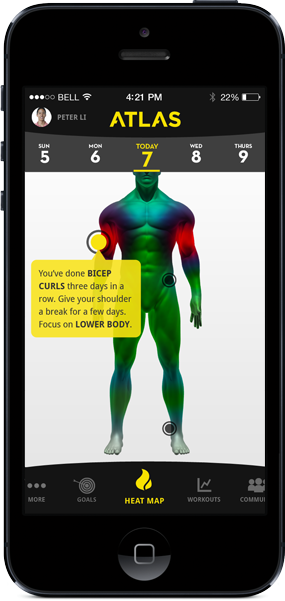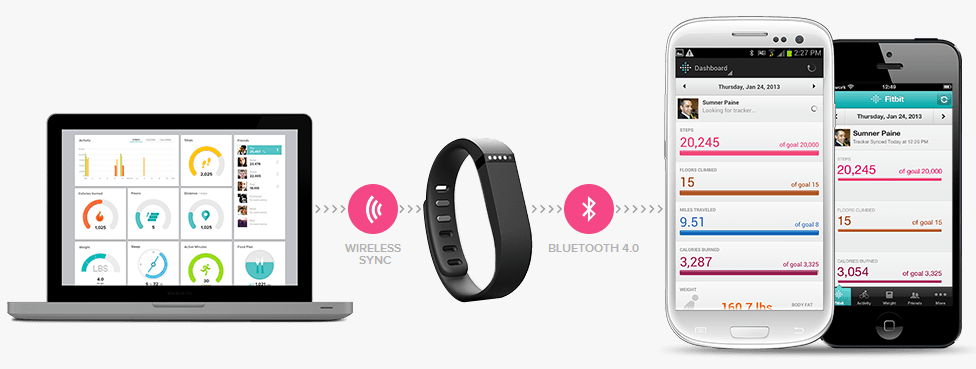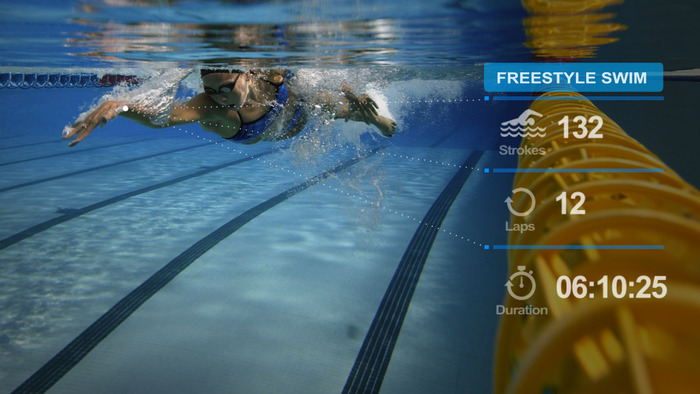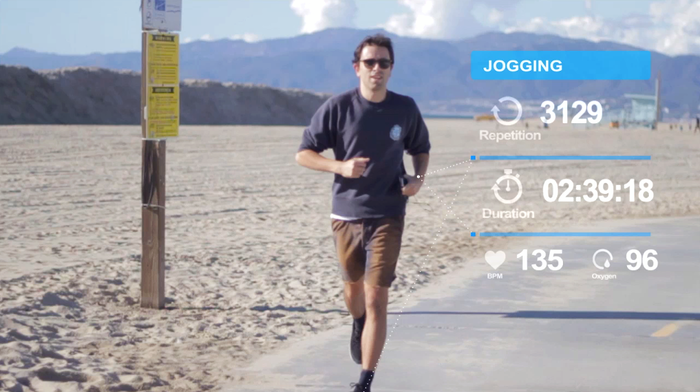A Kickstarter project called ,The Dash, is offering the superhero of bluetooth earphones. The two small buds are packed with sensors such as an accelerometer, thermometer, capacitive touch, bone mic, Infrared LED and optical sensor and more.
All of this so you can listen to music (from a phone or from the onboard 4GB of storage) and track your exercise (speed, pace, distance, heart rate, oxygen saturation, etc.
It naturally blocks ambient sound (noise isolation) but can let through some sounds so you don't get hit by a car.
the product page spends a lot of time describing these interesting earphones that can be had for a mere $199 investment.
Kickstarter (link)








